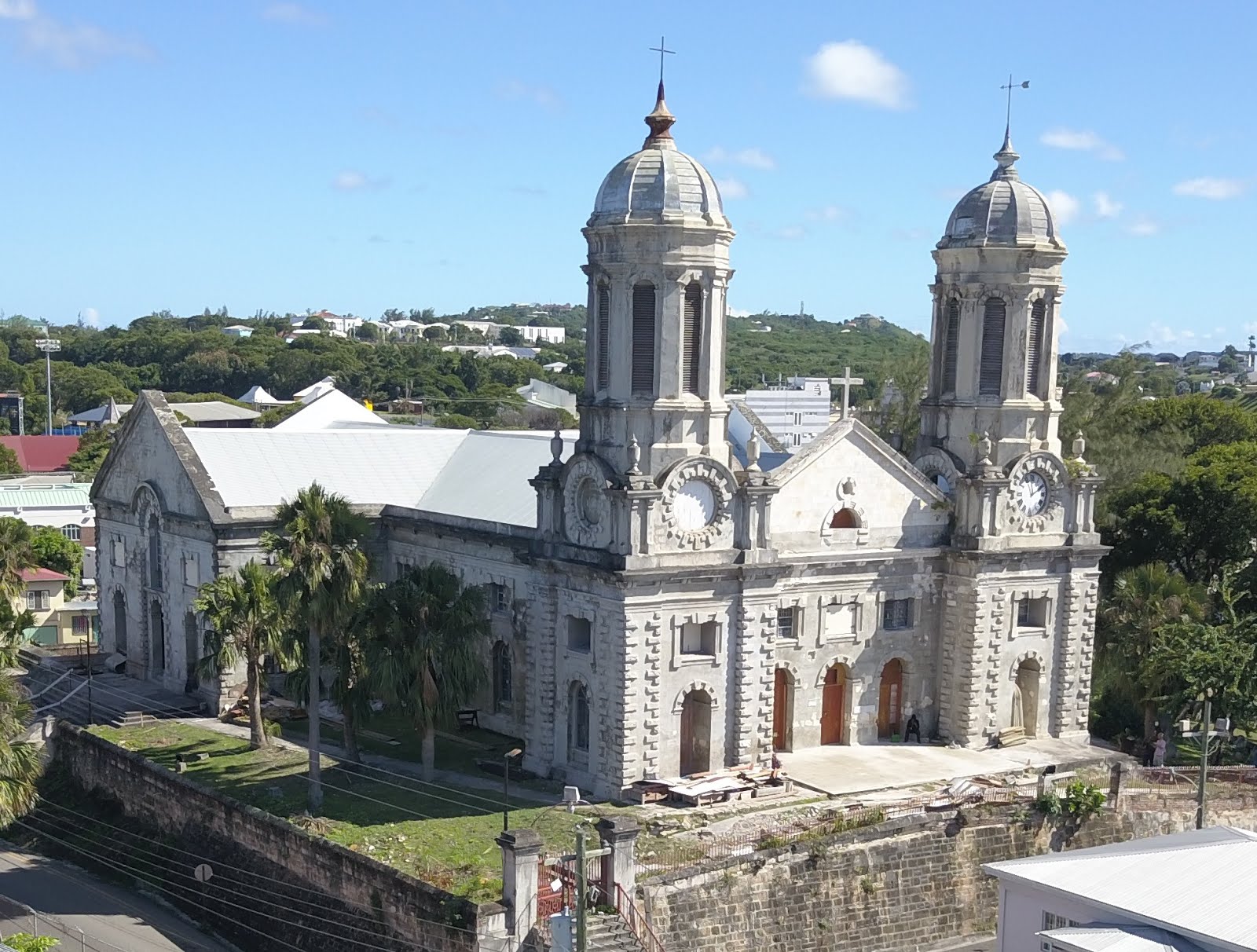Captain Ian Donald Roy McDonald was a World War One fighter ace with 20 aerial victories. Born to British parents in Antigua on the 9th September 1898, McDonald was schooled at the Antigua Grammer School and his name appears on the war memorial there. In 1916 at the tender age of 18, he joined the Royal Flying Corps and was posted to 39 Squadron which was assigned to home defence. England at that time was under aerial bombardment from Zepplins (Rigid airships, the forerunners of the Hindenburg). This squadron flew BE 2s and BE12s and they had some success against the Zepplins. However, McDonald clearly wanted to join the fast paced air war in France rather than chase dirigbles around the English countryside in these slow flying aircraft.
 |
| B.E.2 |
 |
| B.E. 12 |
In July of 1917, he transferred to 24 squadron in France and started flying the Airco DH 5. In November and December of that year he would score his first three victories with that machine before the squadron re-equipped with S.E.-5as.
 |
| DH 5 |
 |
| S.E.-5a |
With his experienced hands on one of the best British fighters of the war, McDonald would score 17 more victories between February and June of 1918 and be awarded the Military and Distinguished Flying Crosses. McDonald shot down some of the most formidable German fighters of the time and displayed aggressiveness and a disregard for danger, according to his medal citations. It appears that ill health took him out of the fighting in 1918 and he returned to Antigua in 1919 after the war ended.
However like many combatants of that war, he did not adjust well back to civilian life and rejoined the RAF again. He would see action again in Iraq during the Great Iraqi Revolution of 1920. Iraq during the First World War was a part of the Ottoman Turkish Empire. Turkey had sided with the Germans and suffered the loss of their empire in the Middle East as part of the defeat they suffered with Germany. The Iraqis then revolted against British rule and the rebellion was put down with the great help of RAF aircraft. The aircraft they flew was the Airco DH-9a. It was in this aircraft that McDonald would fly his last mission to drop supplies to a stranded gun boat. The aircraft was either shot down or crash landed but McDonald was seen to have survived the crash. He was apparently killed by hostile Iraqi tribesmen. His body was never found.
 |
| Airco DH-9a |
The loss must have been quite great for his family. Though he did not perish in the First World War his name appears in all the memorials and monuments to those who did. At the Grammer School, at the Cenotaph and in the Memorial Chapel of the Cathedral. My thoughts are mostly about his family who obviously went to great lengths to preserve his memory. I believe in a way that their anguish might have been greater than most at the time. He had such an outstanding career during the war and he survived it, when so many of his peers did not. To still lose him in such a heart wrenching way, is just unimaginable.
He and so many of those who knew and loved him are all gone now. They are all resting in peace and will rise again glory. May God continue to use the memory of their lives to touch us all.







Thank you very much for this gracious tribute to our cousin Ian Donald Roy McDonald son of Donald McDonald who was the brother of Dr. William M. McDonald, our grandfather. All best wishes, Ms. Robin McDonald
ReplyDelete